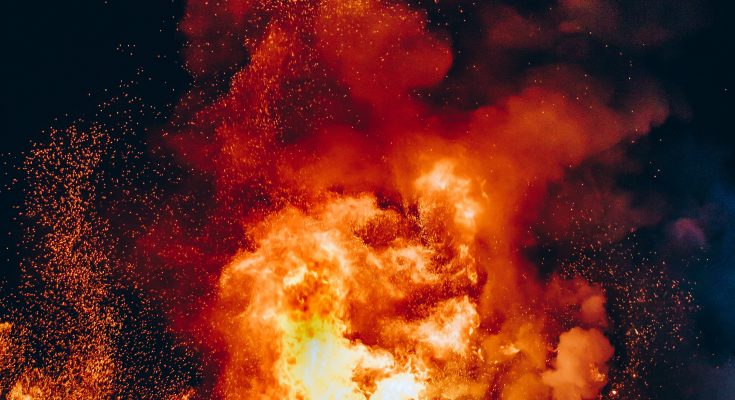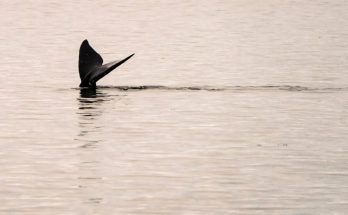An unprecedented wildfire season faced by Canada has led Calgary’s Wilder Institute to look for ways to preserve at-risk species which could become locally extinct if wildfires reach their habitat.
Focusing on wildlife conservation, the institute is trying to reintroduce threatened species such as the greater sage grouse, the burrowing owl and the half-moon hairstreak butterfly into the wild.
Due to the wildfire season faced by Canada, the institute is focusing on two species, the whooping crane—a species of bird in Alberta—and the wood-poppy, a flower in Ontario.
Gráinne Michelle McCabe, chief conservation officer at the Wilder Institute, working with local partners, such as researchers at the University of Lethbridge, was reported to say that loss of particular species can throw the ecosystem out of balance.
Wildfires can have devastating long-term health impacts on wildlife, particularly birds affecting their communication, their ability to find mates, and finding an appropriate nesting ground if their current habitat is destroyed.
Another worrisome species, McCabe said is the wood-poppy, an endangered flower, only found in three small parts of southern Ontario and in parts of the U.S. and added if any of these three populations face a forest fire, we could lose a substantial portion of the plants from Canada.
Due to the increased frequency and more intensity of wildfires in recent years, ecosystems are not getting enough time to recover, noted McCabe.
There were 421 active wildfires across the country, as of Friday afternoon, with 217 considered out of control, according to the Canadian Interagency Forest Fire Centre (CIFFC)’s website.
#CanadaWildfires; #localExtinction; #TwoSpecies





